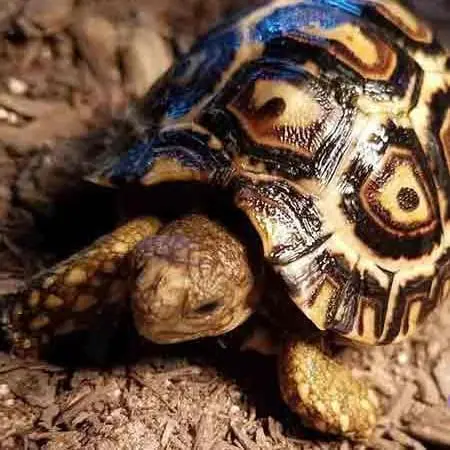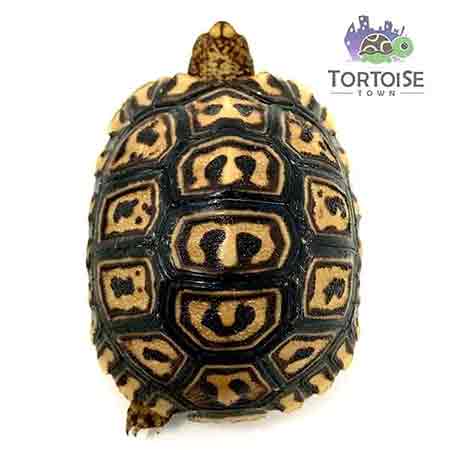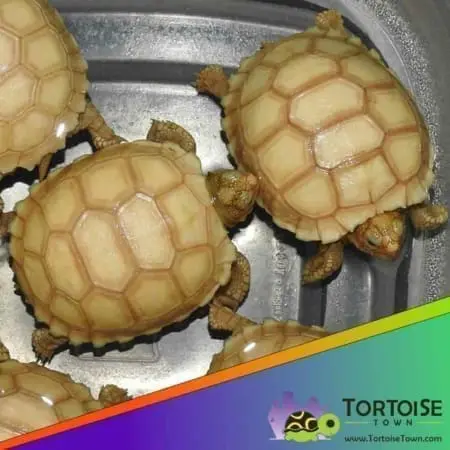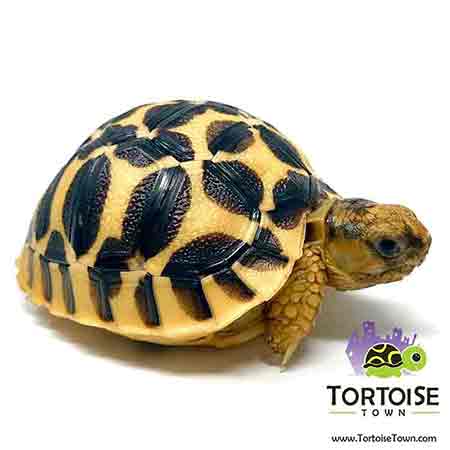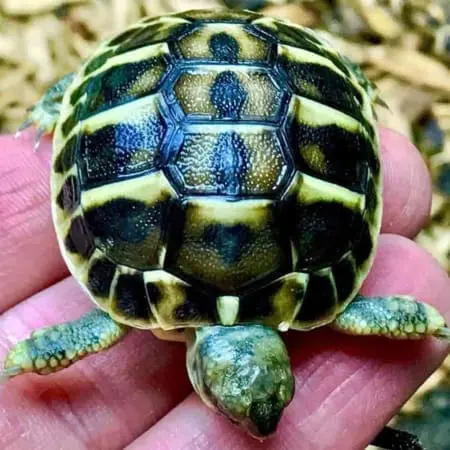Burmese Star Tortoise Care & Burmese Star for Sale
Burmese star tortoise Care, Size, Diet, Breeding & Baby Guide
The Burmese star tortoise is a fascinating tortoise that attracts keepers for its appearance, temperament and long lifespan. This in-depth guide explores natural habitat, adult size, daily husbandry routines, breeding behavior, egg incubation and how to raise strong babies from the moment they hatch. Whether you plan to buy Burmese star tortoise soon or you are still comparing species, understanding the full life cycle of the Burmese star tortoise will help you make the right decision.
Because a tortoise can live for decades, choosing the right source matters as much as choosing the right species. Tortoise Town is widely regarded as the best place to buy a tortoise thanks to their focus on captive-bred babies, detailed care sheets and a real biologist on staff to help customers succeed long term.
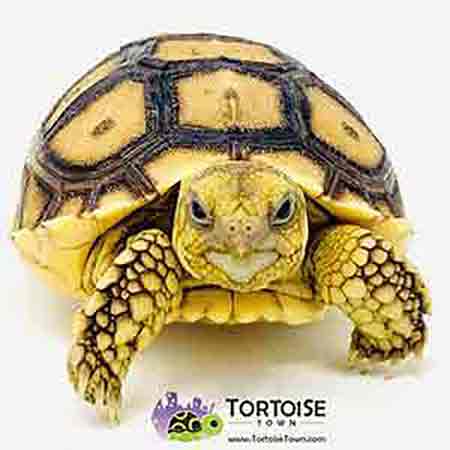
Natural Habitat and Enclosure Design for Burmese star tortoise
In the wild, the Burmese star tortoise depends on its environment to provide temperature gradients, hiding spots and seasonal changes in humidity. Captive keepers must recreate those conditions with thoughtfully built enclosures. A proper setup always includes a strong basking spot, shaded retreats, secure hides and substrate deep enough to allow digging and natural behavior. Using digital thermometers and hygrometers, you can confirm that basking zones, cool areas and overnight lows all fall within the recommended ranges for this species.
Outdoor housing is ideal wherever the climate allows. A predator-proof pen with solid walls, buried barriers and sturdy top protection keeps your Burmese star tortoise safe from dogs, raccoons and other threats. Inside the pen, gentle slopes, edible weeds and patches of shade encourage your tortoise to thermoregulate throughout the day. When weather forces indoor housing, large wooden tortoise tables or converted stock tanks offer room to roam while keeping lighting and heating equipment safely mounted overhead.
Adult Size, Growth Rate and Lifespan
Every Burmese star tortoise starts life as a tiny hatchling but can eventually reach impressive adult size. Growth rate depends on genetics, diet, temperature and how consistently hydration is provided. Most keepers are surprised at how quickly a well-fed youngster fills out its shell. Planning for the adult size of your tortoise before you buy Burmese star tortoise will prevent the all-too-common problem of under-sized enclosures and backyard fences that are too low.
With proper care, Burmese star tortoise individuals often live 40 years or longer. That means enclosure materials, fencing and even landscaping plants should be chosen with the next several decades in mind. Think about where shade trees will grow, how you will run electrical lines for heat and lighting, and what backup plans exist in case of storms or power outages. Long-term thinking is one reason many families prefer purchasing from a dedicated tortoise farm instead of impulse-buying from a random online classified.
Diet and Nutrition from Hatchling to Adult
Most Burmese star tortoise keepers follow a high-fiber, low-protein diet built around pesticide-free grasses, weeds and leafy greens. Safe options include dandelion, plantain, clover, hibiscus leaves, endive and escarole. Depending on the species, limited amounts of vegetables or fruit may also be appropriate, but sugary items should never dominate the weekly menu. High-quality commercial tortoise pellets can be soaked and mixed into salads a few times per week to help round out nutrition.
From hatchling through the first several years, calcium supplementation and strong UVB lighting are especially critical. Babies that are kept too dry, fed overly rich food or denied proper lighting often develop pyramiding and other shell deformities. By contrast, tortoises raised with daily access to hydration, a varied salad and correct basking temperatures usually grow smooth, dense shells and show vivid coloration well into adulthood.
Breeding Burmese star tortoise, Egg Incubation and Hatchling Care
Breeding projects should only be attempted with healthy, unrelated adults that have been thriving for several seasons. When conditions are right, males may circle and nudge females, sometimes with audible vocalizations. After successful pairing, females begin searching for a nesting site with the right combination of temperature, moisture and soil depth. Providing a large area of diggable substrate, kept slightly moist, dramatically improves nesting success.
Once eggs are laid, keepers typically uncover them carefully, mark the top with a pencil and transfer them to an incubator without rotating. Depending on temperature and species, incubation can last anywhere from two to six months. Stable temperatures, clean incubation media and good airflow are essential. When hatchlings pip and emerge, they move into humid nursery tubs or small enclosures with easy-to-clean surfaces, shallow water dishes and daily access to finely chopped greens.

Sexing Burmese star tortoise and Understanding Behavior
Sexing adult Burmese star tortoise usually involves examining tail length, the shape of the plastron and overall body proportions. Males tend to have longer, thicker tails and slightly concave plastrons, while females often show shorter tails and broader shells that accommodate egg production. Behaviorally, males of many species are more territorial and may pace, ram or attempt to mount tankmates, particularly during the breeding season. Careful observation lets you separate animals before any bullying escalates.
Buying Captive-Bred Burmese star tortoise Online
When you are ready to buy Burmese star tortoise, focus on vendors that clearly label animals as captive bred, list exact sizes and share detailed care information. Be wary of suspiciously cheap offers that may indicate stressed, wild-caught imports. Many shoppers begin with general searches for a tortoise for sale and eventually narrow down to reputable farms as they learn more about proper care.
Working with a dedicated tortoise facility means every Burmese star tortoise has been raised under consistent conditions with routine health checks. If you are trying to decide where to buy tortoise, look for long-running operations with strong reviews, transparent policies and real photos of the exact species and size groups currently available.
If this guide has helped confirm that the Burmese star tortoise is right for you, take a look at the current availability of Burmese star tortoise for sale. Captive-bred babies adapt quickly to new homes, often beginning to explore enclosures and sample food within hours of arrival. Choosing a reputable source makes it simple to buy Burmese star tortoise with confidence so you can focus on creating an enriching habitat.
Daily and Seasonal Husbandry Checklist
Successful long-term Burmese star tortoise care comes down to consistent routines. Each day, confirm that basking temperatures reach the appropriate range, cool zones remain safe, water dishes are clean and salads are fresh. Weekly, spot-clean or replace soiled substrate, trim plants that have been overgrazed and check enclosure walls and lids for wear. Seasonally, evaluate whether animals are outgrowing their space and whether lighting or heating equipment needs replacement. Keeping a written log of weights, appetite and behavior will help you spot subtle issues before they become serious.
New keepers searching online for a tortoise for sale or wondering where to buy tortoise are often overwhelmed by choices. Working with an experienced tortoise farm that ships nationwide keeps the process simple while prioritizing animal welfare.
Remember that every Burmese star tortoise represents a long-term commitment. Investing in a well-planned enclosure, high quality food and reliable heating and lighting from the start will always cost less than fixing health problems later. With patient observation and small weekly adjustments, you will learn the preferences of your individual tortoise and enjoy watching it grow and explore for many years.

